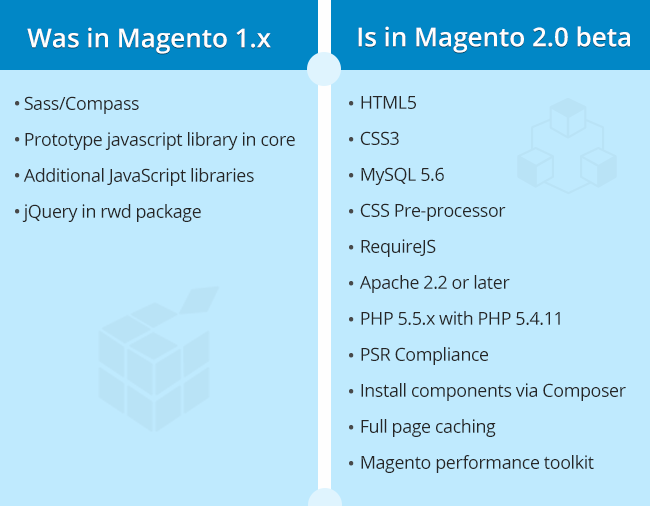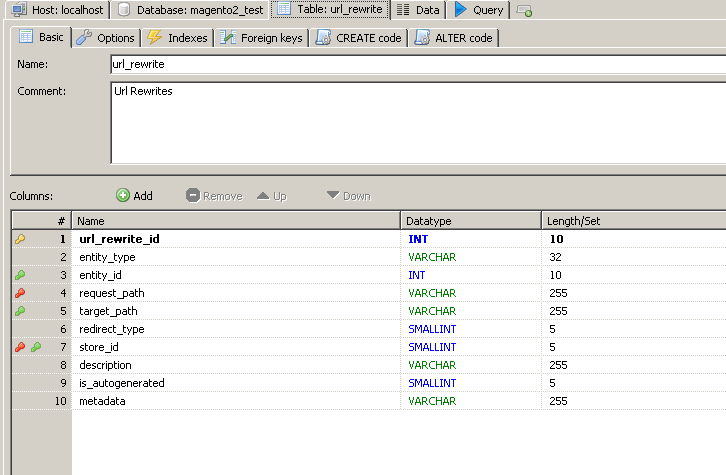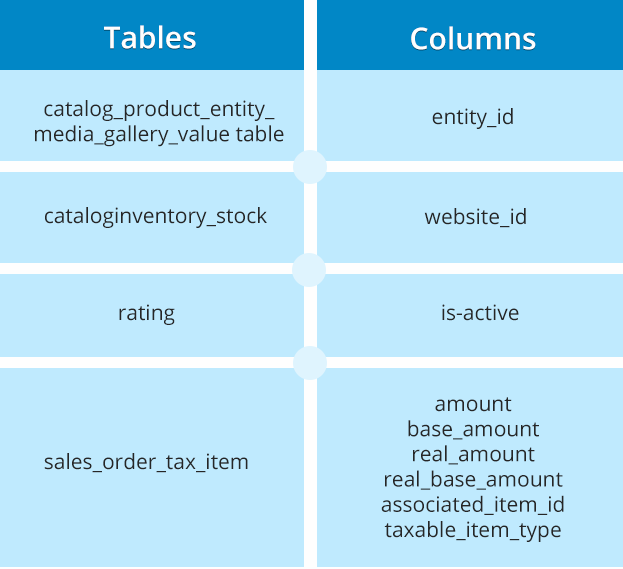
Editor's Note: Cart2Cart proudly offers robust automated migration solutions to Magento 2. It's time to optimize your e-commerce journey!
Since the progress doesn’t stand still, every shopping cart should constantly improve to keep a high market position. The entire e-Commerce community once highly anticipated the evolution of Magento 2. Since its initial release, Magento 2 has evolved significantly, continuously introducing new features and improvements.
“Good things take time and great take a lot of time”. Reflecting its comprehensive development, Magento 2 has matured into a powerful and feature-rich platform.
In this article, we’ll try to raise your awareness by describing the essential differences between Magento 1.x and 2.0.
The data presented here is based on historical Magento events materials and extensive research. While these observations originally reflected a beta phase, Magento 2 has seen continuous updates and refinements since its stable release. So here we go:
The usage of modern technologies. Magento 2.x leverages modern web technologies, actively supporting recent and popular versions of PHP (including PHP 8.x), HTML5, CSS 3.3, and the latest versions of JavaScript libraries like JQuery. Overall differences between technologies included in Magento 1.x and 2.0 are presented in the table below.

Simplified customization. If previous Magento versions required technical knowledge for layout manipulations, the new one will make this task clear even for newbies. The straightforward design management will be provided by the new Visual Design Editor. The feature, with the easy to use, “drag and drop” interface, will permit every merchant to modify blocks and containers with no substantial effort. This functionality is now a cornerstone of Magento 2's user experience.
Component oriented module structure. Magento 2 includes a set of modules with a high coupling code to allow shop owners administer relationship between them much easier. With this update, merchants obtain a possibility to enable, disable or replace the components according to their needs, through a specially developed interface. Thus, if you want to get rid of Magento’s core complexity, apply your own implementations or even use the platform as CMS, the cart provides such opportunity.
Modified directory structure. In order to make store management quicker, Magento has reduced the number of root directories from 9 to 5. For example, the new directory “pub” will contain all the data available for publicity. This system is more convenient than previous one, where numerous files were divided among “media”, “error”, “skin”, “js”. Also, shop owners will be able to place their Magento application files outside of webserver document root.
Absent, new and changed tables in Magento 2.x. By researching the new platform’s version, we’ve discovered that Magento 2 doesn’t contain the following tables:
- catalogsearch_query;
- catalogsearch_result
- catalog_product_enabled_index.
Renamed tables (Magento 1.x - Magento 2.x):
- core_website - store_website
- core_store - store
- core_translate - translation
- core_url_rewrite - url_rewrite
- core_store_group - store_group
- core_email_template - email_template
- sales_flat_order - sales_order
- sales_flat_order_address - sales_order_address
- sales_flat_order_grid - sales_order_grid
- sales_flat_order_item - sales_order_item
- sales_flat_order_payment - sales_order_payment
- sales_flat_order_status_history - sales_order_status_history
- coupon_aggregated_order - salesrule_coupon_aggregated_order
Modified columns in the “core_url_rewrite” table:
Magento 1.x

Magento 2.x

Added columns:

All these changes are aimed at broadening the field of possibilities for both e-merchants and cart developers, offering advanced customization services. But along with opportunity expansion, Magento is trying to improve usability and make itself understandable for the common user. So, let’s wish all the best to this advanced platform and hope that it continues to enhance its usability. Cart2Cart continues to offer every merchant the opportunity to seamlessly migrate or upgrade to the latest Magento 2.x versions. Leverage our automated Magento to Magento migration to enhance your store's capabilities.
Monthly Update – December 2025
December 2025 marks a crucial period for e-commerce businesses to transition from the holiday peak to strategic year-end wrap-up and planning for 2026. Beyond merely tallying sales, successful merchants are deeply analyzing the vast amount of data generated during the busiest shopping season. This involves scrutinizing customer acquisition costs, identifying peak conversion times, understanding product performance across different demographics, and evaluating the effectiveness of various marketing campaigns. Many are focusing on post-holiday customer retention strategies, utilizing personalized email campaigns and loyalty programs to convert seasonal shoppers into long-term customers. This is also an ideal time to assess the scalability and efficiency of current e-commerce platforms. For those considering growth or facing performance limitations, the end of the year offers a prime window to explore platform upgrades or migrations, such as moving to the latest Adobe Commerce versions, to ensure robust infrastructure and enhanced features are in place for the new year. Proactive planning in December sets the stage for sustained success and adaptability in the dynamic 2026 market.
For more details, explore our FAQ section or schedule a call with a migration expert.




